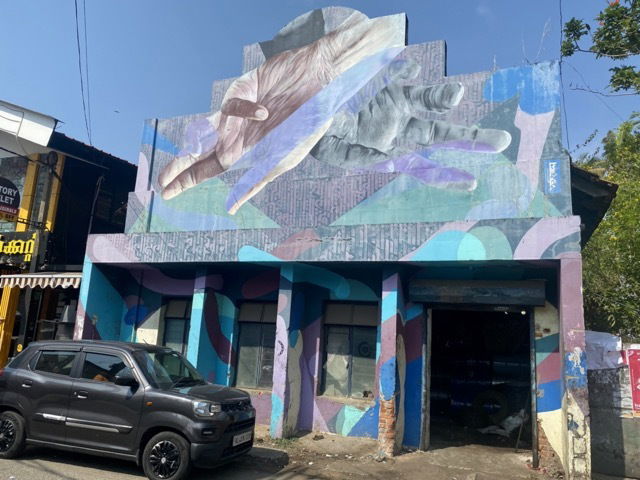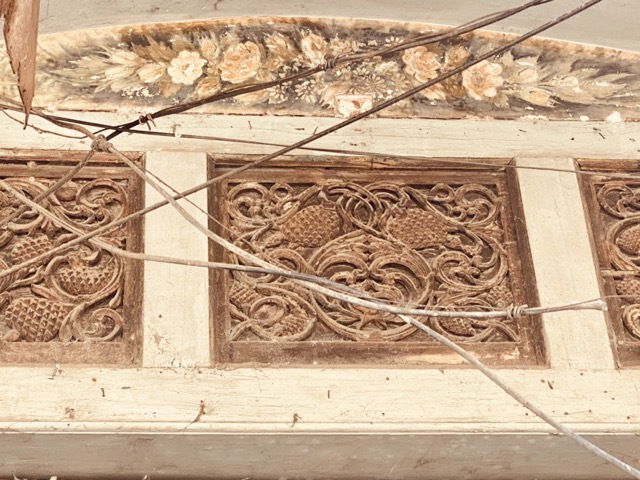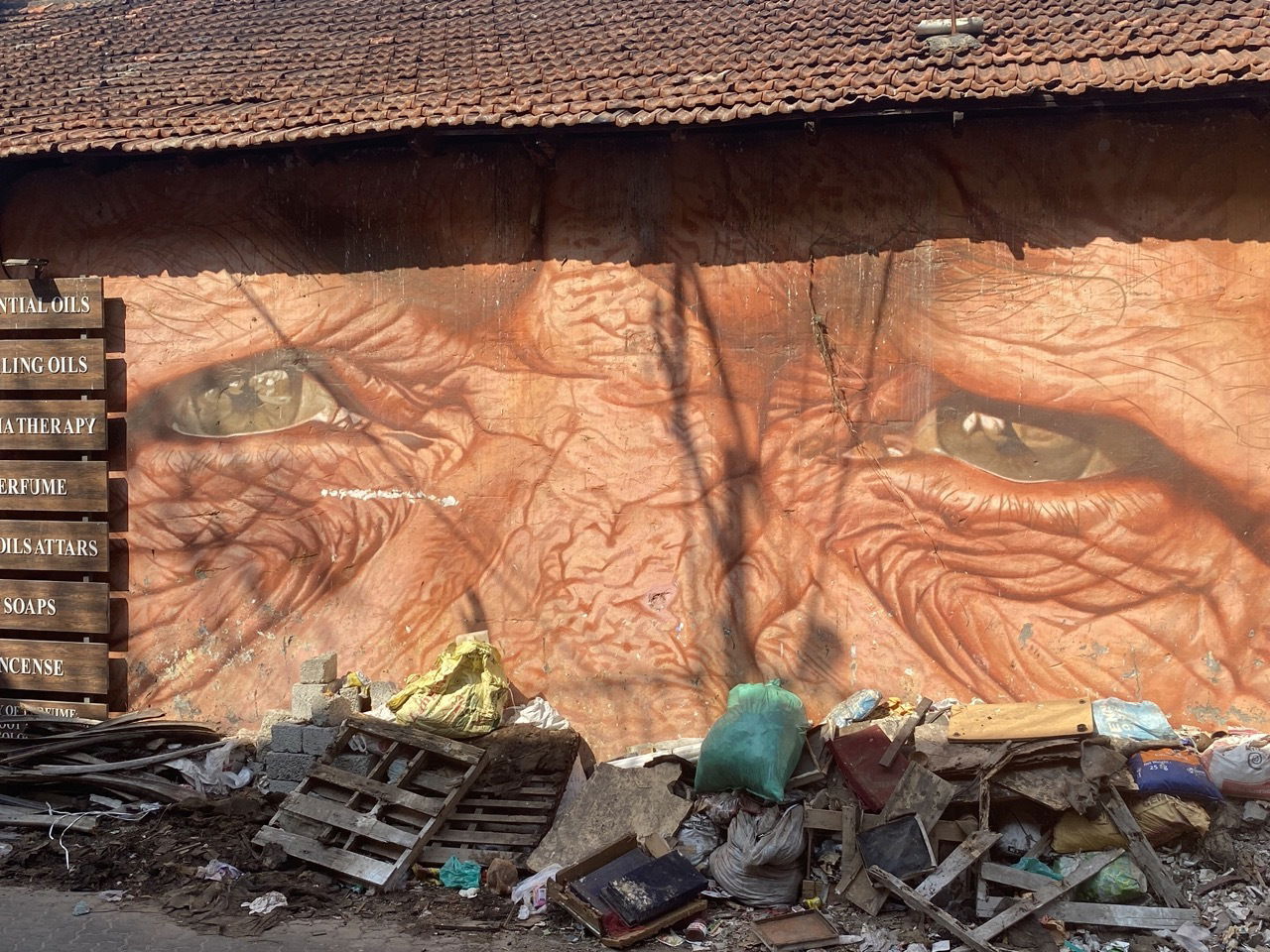Exploring the Mysterious History and Cultural Riches of Bazaar Road on a Sweltering Day in Fort Kochi
Today, more than any day before I felt trapped by the walls of my house. I stepped into sweltering Kochi heat but the urge to explore and break free was overwhelming, so I decided to venture out to Bazaar Road, hoping to uncover some of the area's mysterious history. Having lived here for nearly four weeks, I was now a true local woman of Kochi, so I shielded myself under my umbrella as sweat dripped down my back and my eyes stung from the humidity. It was a quiet day, as the locals were observing a fasting period, and everyone seemed less energetic than usual.
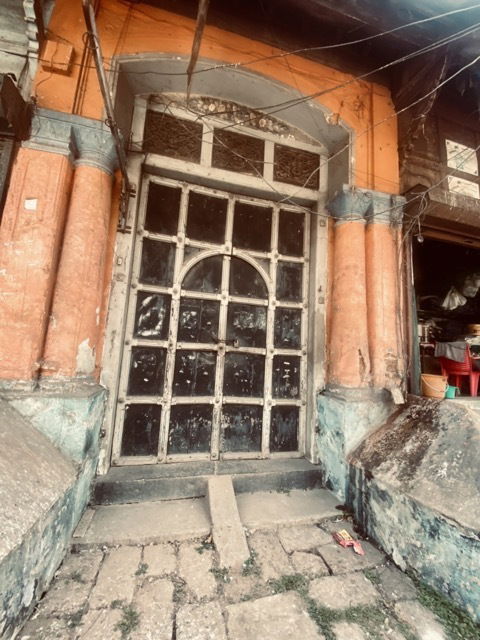
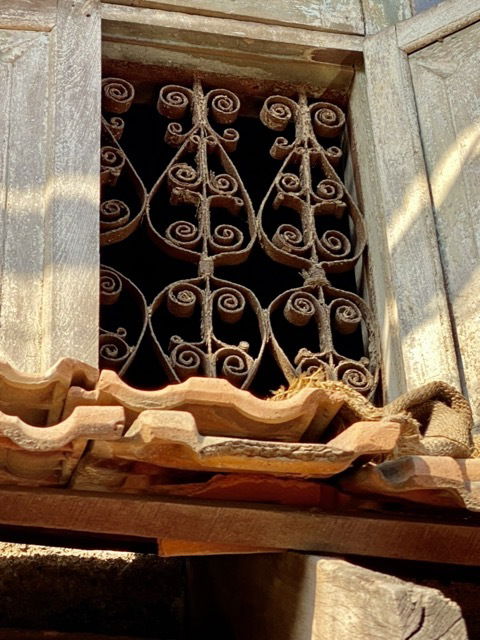
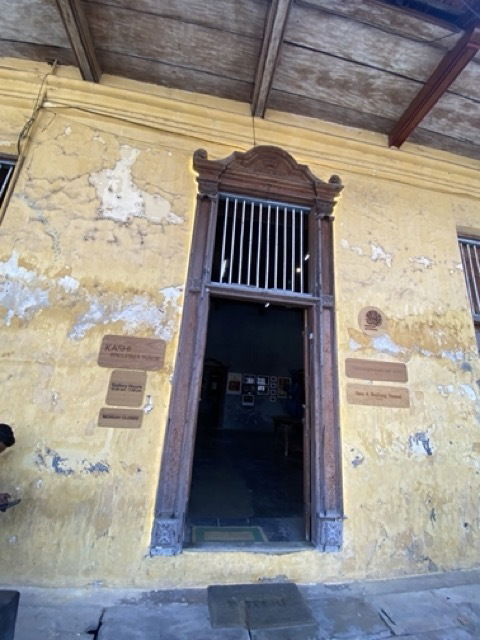
Reaching Bazaar Road, the weight of the past hung so heavily that I forgot about the intense heat, relieved that there were no other tourists around. Today, and probably any other day, this place steeped in rich history had very little to offer the "3-day tourist." But on my own, I could explore without hesitation. I wished I could share the stories that the old, dilapidated architectural details told me. It made me sad that I didn't have the time to restore everything to its previous glory. But such is life........
Dating back to the 16th century, Bazaar Road was established by the Portuguese when they arrived in Kochi. They constructed several buildings, including the famous St. Francis Church on Church Road, and set up the first markets here. Bazaar Road's prime location by the water made it a hub for trade and commerce, a key factor for the Portuguese, a seafaring nation. Besides ports and trading centers along India's coast, Kochi was vital to their operations. As I explored the bustling markets and historic buildings, I felt the cultural influences of the diverse groups who have left their mark on this place over the centuries.The Dutch arrived in Kochi in 1663, leaving a legacy of stunning buildings, including the Dutch Palace. These old houses, with their thick walls, were painted in pale blue, yellow, or white and had grand courtyards and verandas. Decorated with wicked chairs and beautiful Dutch decor, the Dutch lived a pompous and extravagant lifestyle, leaving a lasting impact on the area's architecture. I couldn't help but smile when I read a quotation by F.S. Davies in Tanya Abraham's book about Fort Kochi: "At Cochin, there are a great many European women. They, as soon as they set foot in India, are converted into ladies of the first rank, though at Paris or London or Amsterdam, they had been fruit-sellers or washerwomen."
Later, around 1814, the British took control of Kochi and the surrounding areas. They inherited a Kochi lined with narrow but much cleaner Dutch houses than today. With the British came a system to be followed. They, too, left their mark on Bazaar Road, with several buildings being constructed during their rule. During this time, Fort Kochi became a "wonderful Little English Village," where people enjoyed drinks, played croquet, bowl, snooker, and tennis at the Club, and played cricket at the Parade Ground. From Bazaar Road, I moved to Jew Street, but that is another story for another time.
After a long day of absorbing and observing, I slowly returned to my house, tired but content. Looking back, I realized that nothing is permanent. It is up to us to preserve what is best. But what is the one factor that plagues the world today? Why can we not keep looking after what we have? Plain and simple, there are too many of us, and life has become disposable. Kochi is truly a treasure trove of cultural and historical riches, and we must cherish and protect it for generations to come.
